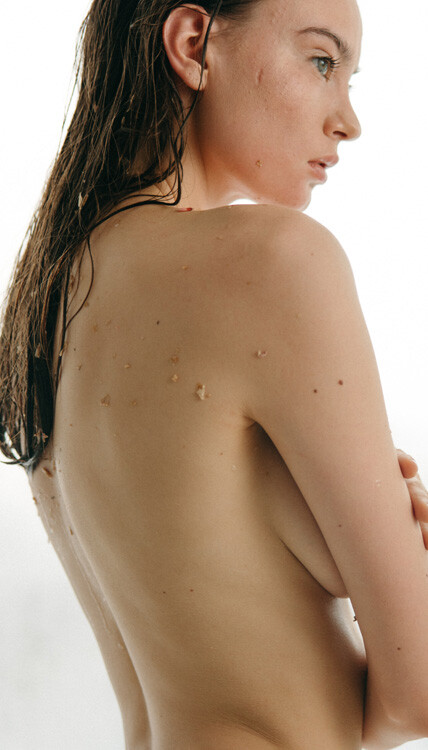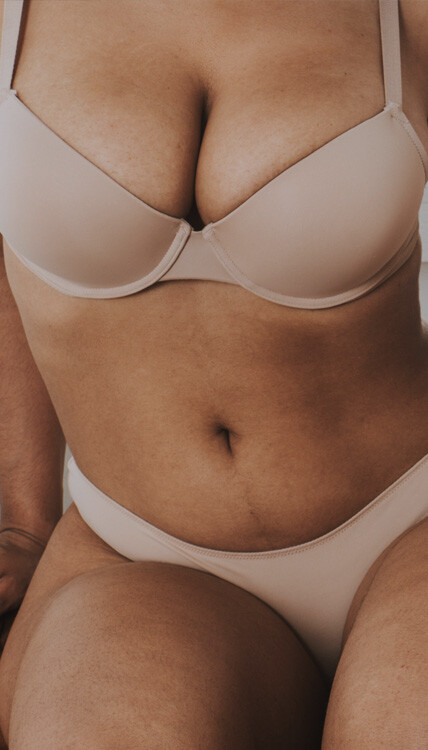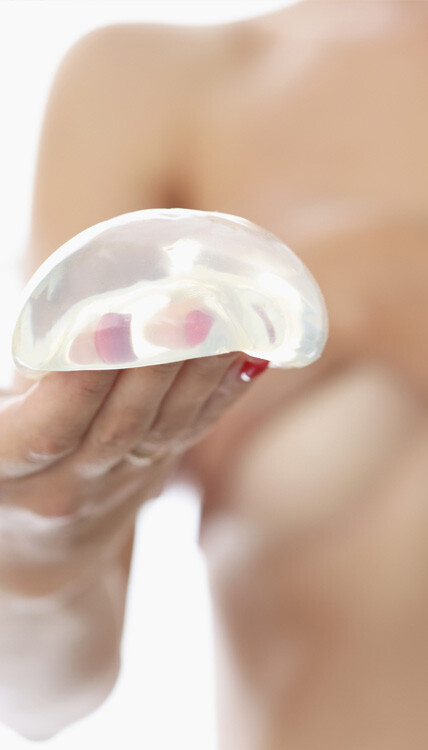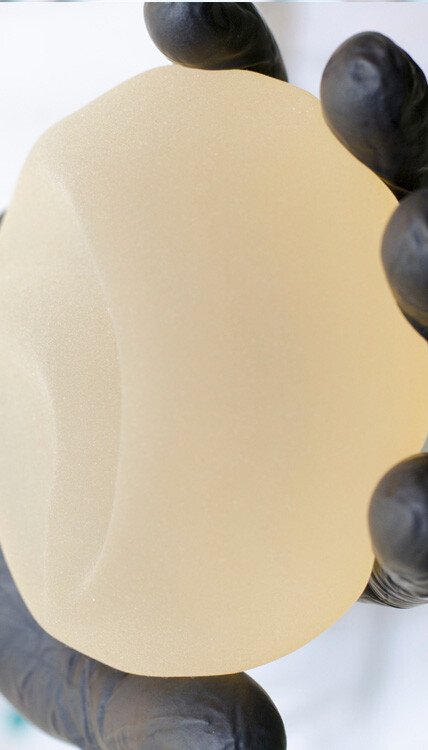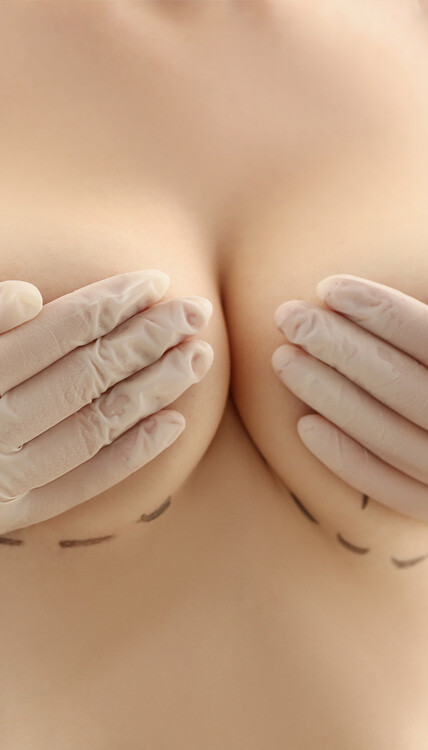Recovery after breast augmentation surgery takes about a few weeks before resuming heavy physical activities. Learn more from Dr. Effie.
Continue readingCan you fix breast asymmetry?
Key takeaways
- Breast asymmetry refers to when one breast is visibly different in shape or size from the other. It can cause self-consciousness and discomfort.
- The main ways to correct breast asymmetry are through breast augmentation, breast lift, breast reduction, or a combination of any of these procedures. The chosen procedure depends on the type and severity of the asymmetry.
- At Politis Plastic Surgery, they help women feel more comfortable and confident by fixing severe and modest breast asymmetry, using a combination of procedures to achieve optimal results. They recommend speaking with an experienced, board-certified plastic surgeon to determine the best course of action for the individual.
You’ve noticed it. Your breasts aren’t similar in shape or size. One is bigger than the other. And you don’t like it. In fact, you are increasingly self-conscious and uncomfortable about it.
Well the truth is no two breasts can match perfectly. There are usually slight differences in size and shape, with one breast often being marginally larger than the other. Fortunately, the difference is usually small enough to overlook.
But when the asymmetry is more severe, embarrassing you, or making you self-conscious, you may need to undergo a procedure to correct the visibly uneven breasts. At Politis Plastic Surgery, we help women feel more comfortable and confident by fixing severe and modest breast asymmetry.
How is breast asymmetry corrected ?
Asymmetry is corrected through breast augmentation, breast lift, breast reduction, or a combination of any of these procedures. The choice of procedure depends on the type and severity of the asymmetry.
Though the chosen procedure may be performed on only one breast, this is quite rare and done with more subtle degrees of asymmetry. In most cases, both breasts require surgery, particularly to address the amount of skin and location of the nipples.
(a) Breast augmentation
When one of your breasts is visibly smaller than the other, a surgeon will often recommend augmenting the smaller breast using saline or silicone implants.
During the procedure, the surgeon may opt to place breast implants in one or both breasts, depending on the severity of the asymmetry and your desired results. It is common to have the breast implant placed in the smaller breast to increase its size.
(b) Breast lift
For breast asymmetry that occurs as excessive sagging on one breast, a breast lift (mastopexy) may be the best option. Your surgeon will remove the sagging and excess skin from one breast and tighten it to give it a more symmetric shape and to support a firmer contour complimenting the other breast. The breast lift procedure is completed through several incision techniques but the choice of technique depends on your specific body.
(c) Breast reduction
When you desire to match your larger breast to your smaller one, your plastic surgeon may recommend breast reduction surgery. Excess breast tissue, skin, and fat are removed from the larger breast via excision or liposuction to reduce it to the size of the smaller breast, creating a contour closer in shape and size to the other breast. Breast reduction usually includes a breast lift, so the procedure may be done on both breasts even if there is only reduction on one side.
(d) Blending of procedures
Simply inserting implants under sagging skin may not give the lift you desire. And placing implants without removing excess, stretched skin may only result in larger, sagging breasts.
Likewise, when only a size boost is needed, in addition to firmer breasts, a breast lift alone may give disappointing results. A breast lift tends to work well for breasts that are fairly even in size and only unevenly shaped but often fails if the breasts are widely different in size.
So in many cases if your breast asymmetry is due to shrinkage, wide variation in size or massive difference in shape, your plastic surgeon will opt for a combination of breast lift, reduction, and augmentation to achieve optimal results. In fact, a breast lift combined with breast augmentation can work beautifully together to correct sagging, increase breast size, and yield shapelier, fuller breasts.
Are you unhappy with your asymmetric breasts? Would you like to fix the asymmetry but aren’t sure about the right procedure? Contact Politis Plastic Surgery today to speak with an experienced, board-certified plastic surgeon who fixes breast asymmetry on a regular basis.
Dr. Effie Politis will give you candid honest recommendations on whether a breast lift, breast augmentation, or a combination of procedures will give you the best results for breast asymmetry. She will also customize the procedure to meet your unique aesthetic goals ensuring you consider different looks and options before you make a decision. For more information on fixing breast asymmetry and other cosmetic issues, visit the site “Politis Plastic Surgery”.
References:
- “Breast Asymmetry: Causes, Treatment, and More.” Healthline, healthline.com/health/breast-asymmetry
- “Breast Asymmetry.” Top Doctors, topdoctors.co.uk/medical-dictionary/breast-asymmetry
Working with Dr. Effie Politis
I love Dr. Politis, I think she’s amazing, I think she truly cares about her patients and wants to do the right thing and the best thing for them, and sometimes the answer to that is that we don’t do surgery on you. We’re not out to take money it’s not, you know, we want to survive but we’re not going to take somebody’s money if we don’t think we can provide them with the outcome that they’re looking for or if we don’t feel like that’s the safest thing for them medically. I always tell people she’s a mom who happens to be a surgeon because I do feel like she puts her family, you know, as a high level of importance in her life. And I respect her for that as part of why I enjoy working with her because I’ve worked with physicians in the past that maybe didn’t put their family first and I think that we all should put our families first that’s what family’s for. I love working with her I feel like we understand each other there’s mutual respect she is comfortable with what I tell her and i’m very comfortable with the responses I get back from her so I feel like we, you know, work really well in that respect
Patient Communication is Important
“We absolutely treat our patients like we would expect to be treated if we were patients.” says Jamie Hill, RN of Politis Plastic Surgery
Continue readingWhat to Expect from Breast Implant Removal
Hi My name is Dr. Effie Politis with Politis Plastic Surgery. Breast Implant Surgery removal has been very popular lately, especially with all the social media concerns around this Breast Implant illness.
Continue readingDoes mastopexy reduce breast size?
Some undergo mastopexy or breast lift surgery that rejuvenates and helps restore the shape of the breasts. Learn more at Politis Plastic Surgery.
Continue readingSaline vs Silicone Breast Implants
Hey everyone, it’s Dr. Effie Politis and I just want to compare and contrast saline versus silicone implants, as we know women often undergo breast enhancement surgery to get a breast volume and shape that is more proportional to their body.
So, let’s start out with saline implants: We all know that saline is a fluid that is placed in a silicone shell. It is an “uncontrolled” type fluid, so it doesn’t have a lot of structural support. So it often causes rippling and wrinkling and it stretches out women’s lower-poles.
The advantage of a saline is that if you have a rupture or a tear, your breast will deflate and you can just look in a mirror and see that almost immediately in your body [it] just resorbs the fluid.
Silicone implants that are now in the market are medical grade and they are very cohesive, so they have a nice gel-to-shell ratio and they really help your breast tissue respond nicely. I do enjoy the feel of a silicone implant on my patients because it almost acts as one with their breast tissue. It also provides better structural support in the long term.
However, the issue with silicone implants is that we don’t often recognize a tear. This is why you have to be aware of your body. You have to follow-up with your plastic surgeon at regular surveillance intervals. If you do feel like there is a compromise, most women complain of some breast pain [or] perhaps some scarring around the implant, and we have some imaging modalities to diagnose this, please call our office or DM me on social media if you have any issues with your implants as I am a plastic surgeon with an expertise on breast surgery. Thanks so much.
What is Breast Explantation Surgery
Hi everyone, this is Dr. Effie Politis and I’d like to talk about a great article on the April edition of the PRS called contemporary strategies in breast explantation surgery.
So, what is explantation surgery? It is a surgery in which someone proceeds with removing their implants and not replacing them. I’m seeing quite a few patients that are interested in this surgery for various reasons. We all know that implants are man-made devices.
The first reason that women would opt to undergo the surgery is because of implant rupture. I tell women that breast implants are not a “one and done” device, they are a prosthetic that is placed in your body so you need surveillance and you likely will need one or several surgeries in the future if you opt for breast implants. There is a small chance of them rupturing. We can discuss more the difference between saline and silicone ruptures in the future.
Number two is Breast Implant-Associated ALCL (anaplastic large cell lymphoma), this is a rare lymphoma associated with textured implants which I do not use. So it’s not really an issue with my practice but I do see some patients with prior history of textured implants.
Number three is breast implant illness. This is a large topic that’s often discussed on social media. It’s a name given to patients for a wide range of symptoms. The current data shows that there is no cause and effect relationship between implants and these symptoms, however, we certainly are proponents of what women want to do with their bodies. So if they want their implants removed they certainly have the right to have that done. However, the data based on long term studies does not show whether explantation surgery reliably reduces these symptoms.
The last reason women want their implants removed is for non-medical reasons like effects of aging, weight changes, pregnancy, and shifting perspective in aesthetic beauty, as we know there is a movement towards smaller breasts. So women seeking explantation surgery just need to be aware of the risks and benefits in any adjunct surgeries that can be done to enhance their breasts. We look at each woman on an individual basis. It’s a woman’s choice to have their implants removed and we consider the patient’s risk profile, patient preference as well as safety when guiding them on whether explantation surgery is the right surgery for them. I would advise you all to always consult with a board-certified plastic surgeon with a specialty in breast surgery when considering these types of procedures. You can always DM me or look at my website as I’ll have more information. Thank you so much.
Subfascial Breast Augmentation with GalaSHAPE 3D Scaffold
Do breast implants make you float?
Do breast implants make you float? Will it save you from drowning?
Those are some questions that a few may have wondered about breast implants at some point.
Here’s the thing, breast implants are NOT a floatation device. They will not make you buoyant, nor are they a suitable alternative for a life vest.
“Breast implants are different from the weight of the natural breast, but not by much. While fatty tissue weighs slightly less than water, saline will, as mentioned, weighs roughly the same, and silicone, slightly more. “
“The differences between the natural tissue and a breast implant are minor, and, to the untrained eye, virtually undetectable.”
While breast implants are naturally buoyant (as seen in the video), “when placed in the body, however, the buoyancy of breast implants demonstrated by benchtop testing becomes irrelevant. Post-surgery breasts are no more likely to drown you than they are to save you from drowning.”
So, to answer the question above, no, breast implants will NOT make you float, and it will NOT save you from drowning.
Now, if you know someone who says they want to get large implants to have a built-in life-jacket, you can conclusively tell them to take some swimming lessons instead. 😅

